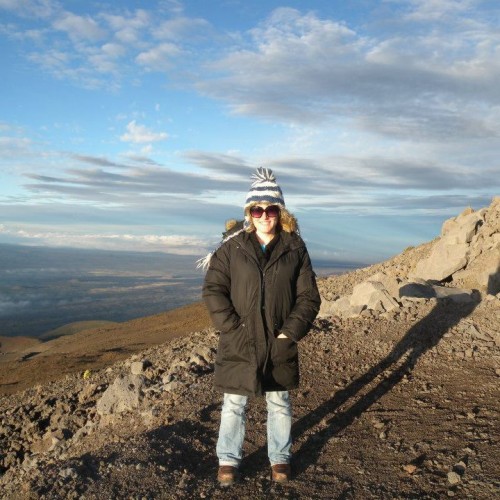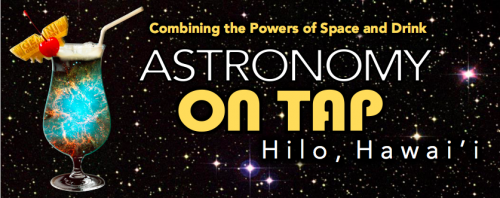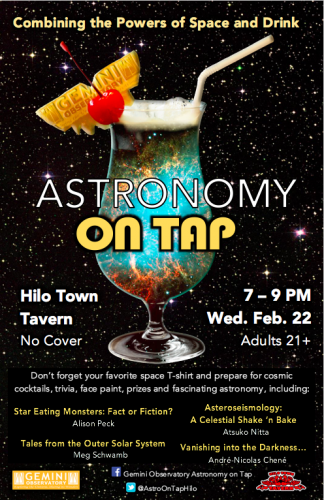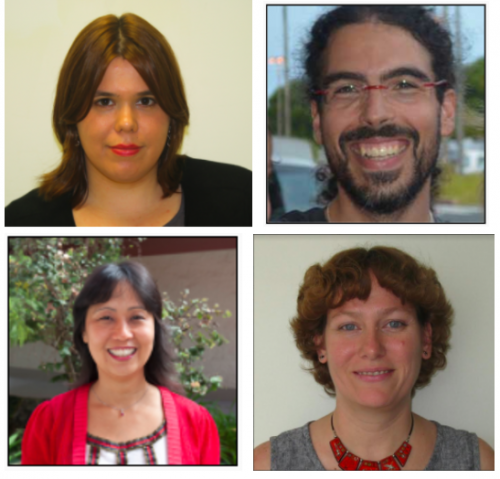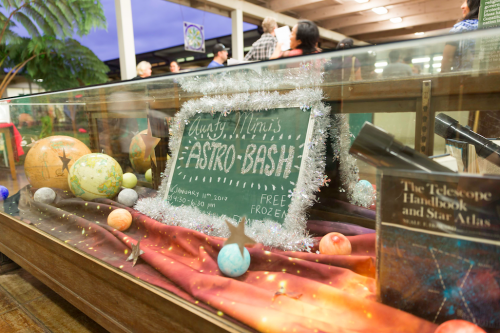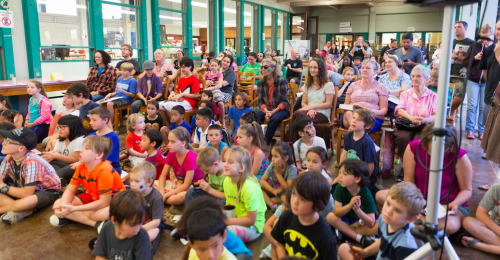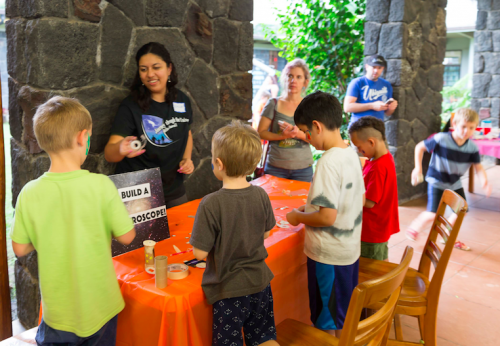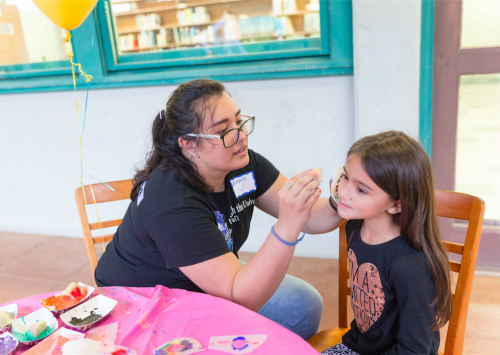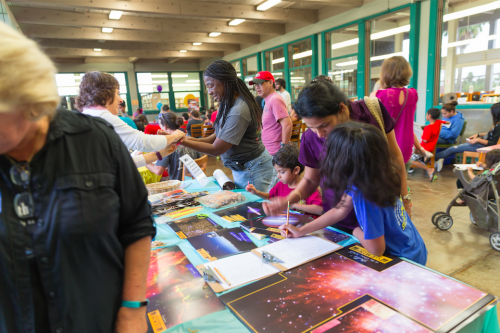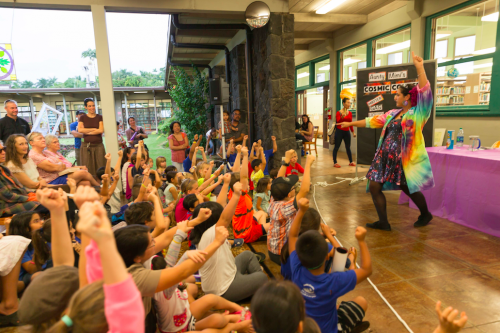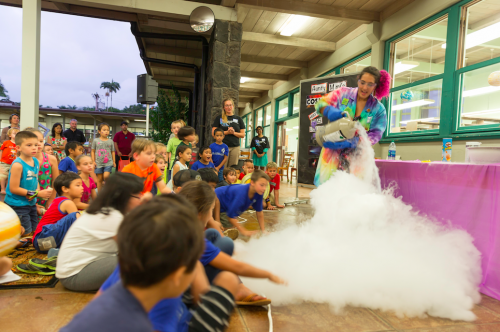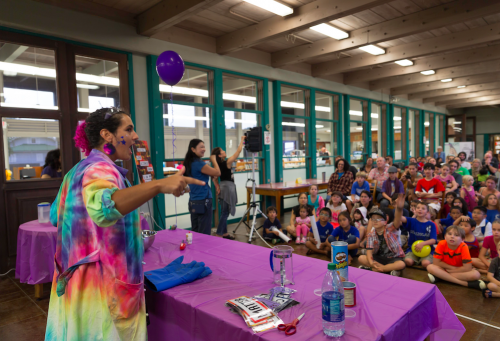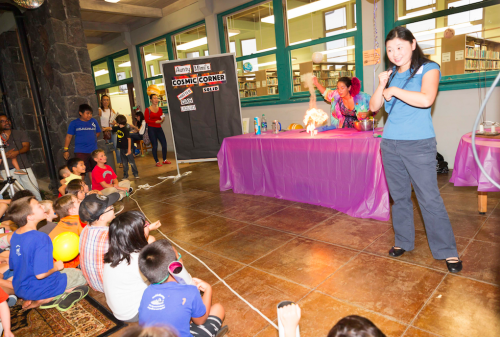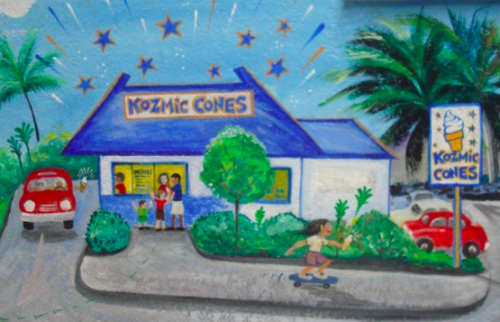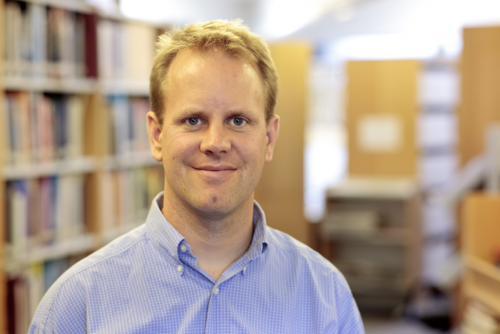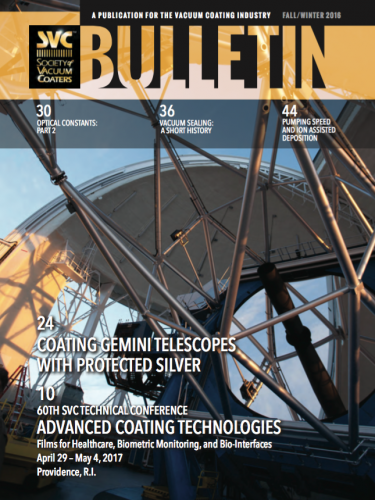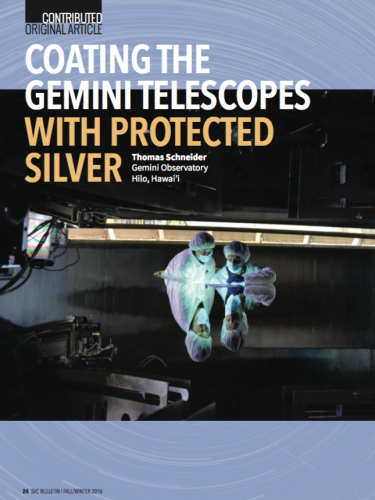- Date: 10 Feb 2017
- Comments: (0)
- Categories: For Everyone
Get to Know Gemini is a new series of blog posts aimed to highlight the different careers, backgrounds, and types of people contributing to Gemini Observatory and its science.
Name: Jennifer (Jen) Miller
What is your current position and at which telescope?
Science Operations Specialist (SOS) at Gemini North
In four lines or less, explain what you do as part of the Gemini Observatory team?
The SOS position encompasses both daytime and nighttime shift work. During the day I check data from the night before for quality assurance, check the instruments on the telescope to make sure they are optimal for nighttime operations, and work on various projects that benefit the observatory. At night I acquire scientific data for PIs so that they can make cutting edge astronomical discoveries and further humankind’s understanding of the Universe.
How long have you worked for Gemini?
I’ve worked at Gemini for a little over three years.
What drew you to this job?
Working on the front line of astronomy.
What is the best part of your job?
Prior to going back to school for astronomy I worked as a professional photographer for many years. The best thing about my job is that I get to play with a gigantic camera and take amazing photographs of the universe.
Where are you originally from/where did you grow up?
I was born in Alaska, lived in California as a young kid, but mostly grew up in the Maryland/Washington DC area.
What skill do you think is most important to know for your job?
Problem solving is an important skill to have for this job.
Why is astronomy important?
Astronomy was important in early civilization from growing crops to the invention of calendars. Today astronomy is important for advancing technology (MRI, X-ray, lasik, etc…) to finding “the answer to the ultimate question of Life, the Universe, and Everything.” –Hitchhiker’s Guide to the Galaxy
What is your favorite movie?
Pulp Fiction or Amelie or The Princess Bride
What is the latest book you have read?
The Martian
What three albums would you bring with you to a desert island?
Radiohead “Pablo Honey”
Dinosaur Jr. “Where You Been”
Yeah Yeah Yeahs “Fever to Tell”
What is one hobby of yours?
Japanese taiko
Favorite beverage?
Redbull
Check back next month to learn more about the staff that help Gemini to explore the Universe and share its wonders!

